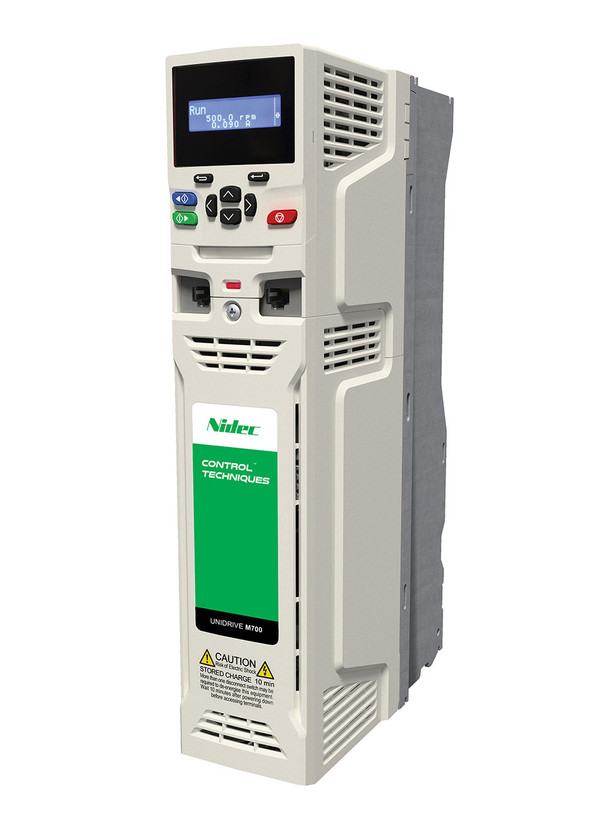AC Drives (VFD)- Basic Principles, Terminology and Theory
An AC Drive is an electronic apparatus that transforms a constant frequency and voltage into a variable frequency and AC voltage source. The AC Drive manages the speed, torque, horsepower, and direction of an AC motor. People often use the term AC Drive interchangeably with an AC inverter, and they occasionally use it to refer to a specific part of an AC drive. This component utilizes the DC voltage from a preceding circuit stage (known as the DC Bus) to generate an AC current or voltage with the desired frequency.
AC Drives are also known as Variable Frequency Drives (VFD) or Variable Speed Drives (VSD). VFD drives are becoming increasingly popular because of the energy savings associated with AC technology. Furthermore, AC induction motors are generally simpler than DC motors and are often readily available compared to their DC counterparts. Technological advancements have enhanced the size, cost-effectiveness, reliability, and performance of AC drives, making them highly attractive for industrial applications requiring variable speed.
Operator Motor Control
The operator control lets the operator command the motor to work as needed, this is done using motor control inputs and outputs. The motor control unit regulates the motor's speed by transforming utility power into variable frequency power. The AC motor powers the equipment (such as a fan or pump) by converting electrical energy into mechanical energy.
Voltage and Frequency
AC Drives convert a fixed, 3 phase voltage and 60Hz frequency source into a variable voltage and frequency source. To control the speed of the motor, the frequency applied to the motor must also be controlled. The formula for this is:
N=120 x F/P. N=Speed in RPM, F=Frequency in Hz, and P=Number of pole pairs.
Since the number of poles is constant, the only convenient factor to vary is the frequency. Frequency determines motor speed. However, the motor needs to supply rated torque, no matter what the speed is.
To achieve rated torque, you must keep the output voltage and frequency precisely controlled in a constant relationship. This is known as the Volts per Hertz curve. The inverter supplies current to the motor, current is in direct relationship with the torque.
VFD Inverters have a specific voltage to frequency relationship that exists to control an AC motor. With this relationship supplied to the motor plus current, the motor will be able to develop rated torque at all speeds.
AC Drive Advantages
- Versatile - more than motor control, this device has self-diagnostics, current status, multi-use programming ability, and precise speed control
- Energy Savings - reduces peak energy demands by ramping up power drawn from the motor & maximizes energy put through the unit
- Performance - simple operation, fast motor load change response (small set-point for precise operation)
- Reliability - solid-state unit, no external controls
- Size - lighter and smaller than most other methods of speed control
AC Drive Applications
- Conveyors, belts, chains, screws, bulk/packaged material handlers
- Fans, blowers, compressors, pumps
- Machine tools, grinders, lathes, stamping presses
- Custom machines, label makers, bottle washers, wire drawing, textiles
- Extruders, process machinery, kilns, grinders, blenders, agitators
AC Drive Availability
AC Drives are available 110, 240, 480, 575 and 690 voltages, and .25-2500 HP in continuous or variable torque styles. Select from a variety of NEMA types to fit your application.


